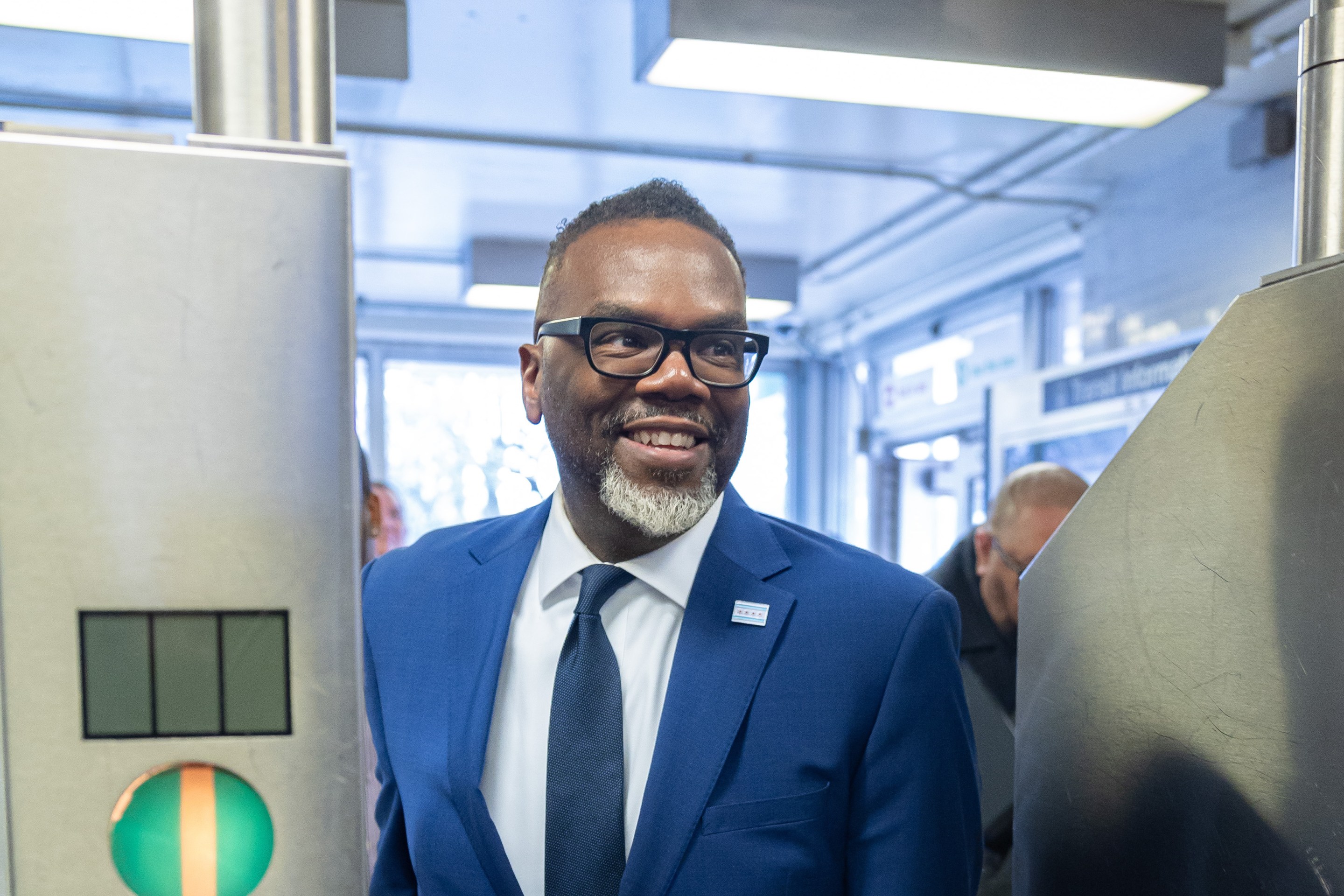
Quadrille Boulevard in West Palm Beach is what Chuck Marohn of Strong Towns would call a "stroad." It's a poorly designed, high-speed chute for cars that is completely hostile to its urban surroundings.
That's why residents of West Palm Beach were so disappointed to learn that the Florida Department of Transportation plans to resurface the road and put everything back the way it is. When local advocates suggested that Quadrille Boulevard doesn't need lanes to be 15 feet wide and can go on a road diet, the agency shot them down, saying its rules wouldn't allow it.
Network blog Walkable West Palm Beach decided to fact check the agency, and it turns out FDOT needs to get a better grip on its own rules:
Frankly, FDOT is wrong in their response to the citizen stating that 10-foot lanes aren’t allowed on state highways. FDOT's primary design manual is the Plans Preparation Manual (PPM). The PPM contains a very interesting chapter titled Transportation Design for Livable Communities (TDLC). The TDLC chapter is tucked away at the end of the manual far and away from the geometric requirements for highways and stroads. As shown in the following table from the TDLC chapter there is a footnote that allows thru lanes to be reduced from 11 feet to 10 feet in width in highly restricted areas with design speeds less than or equal to 35 MPH, having little or no truck traffic.
Quadrille fits the bill. Look at what 10-foot lanes would make possible for this street:
By utilizing 10-foot lanes then bike lanes are a real possibility. Note that parallel parking proposed is 7.5 feet wide, but FDOT's standard is 8 feet wide. This 6-inch reduction in width might require a variance, but I think it is useful to provide a slightly wider buffer for the bike lane. I would love an extra two to three feet of extra pavement, but this proposal is a dramatic improvement over the placing of a bike lane next to parallel parking without a buffer. The purpose of the buffer is to reduce injuries when a parallel parked car opens their door into the bike lane. Also, note that the parallel parked cars position provides a wall of steel to protect cyclists.
Instead, what FDOT has proposed is maintaining the existing lanes -- including some sections where they are 15 feet wide! -- on a street where the speed limit is 30 miles per hour. That's a recipe for speeding and collisions and reflects the bureaucratic culture that has made Florida the most deadly state for pedestrians in the nation. Hopefully, FDOT officials will come to their senses and listen to these residents.
Elsewhere on the Network today: NextSTL says barriers in the streets, meant to enforce cultural fault lines in St. Louis, undermine the coherence of the whole city. And Transportation for America reports that both Wisconsin and Maryland voters will consider constitutional amendments this November that would create "lock boxes" for transportation funds -- and explains what that might mean for active transportation.






